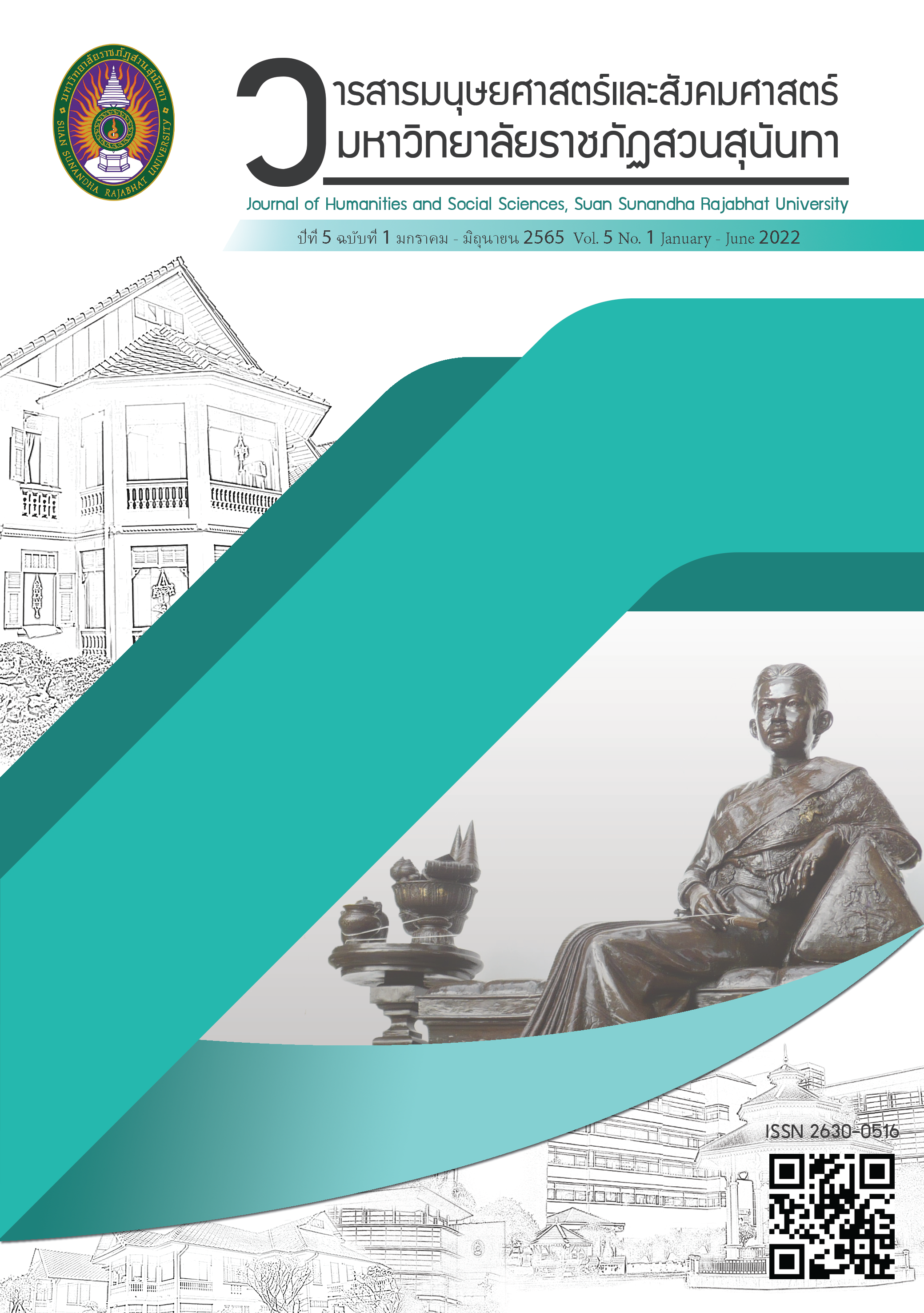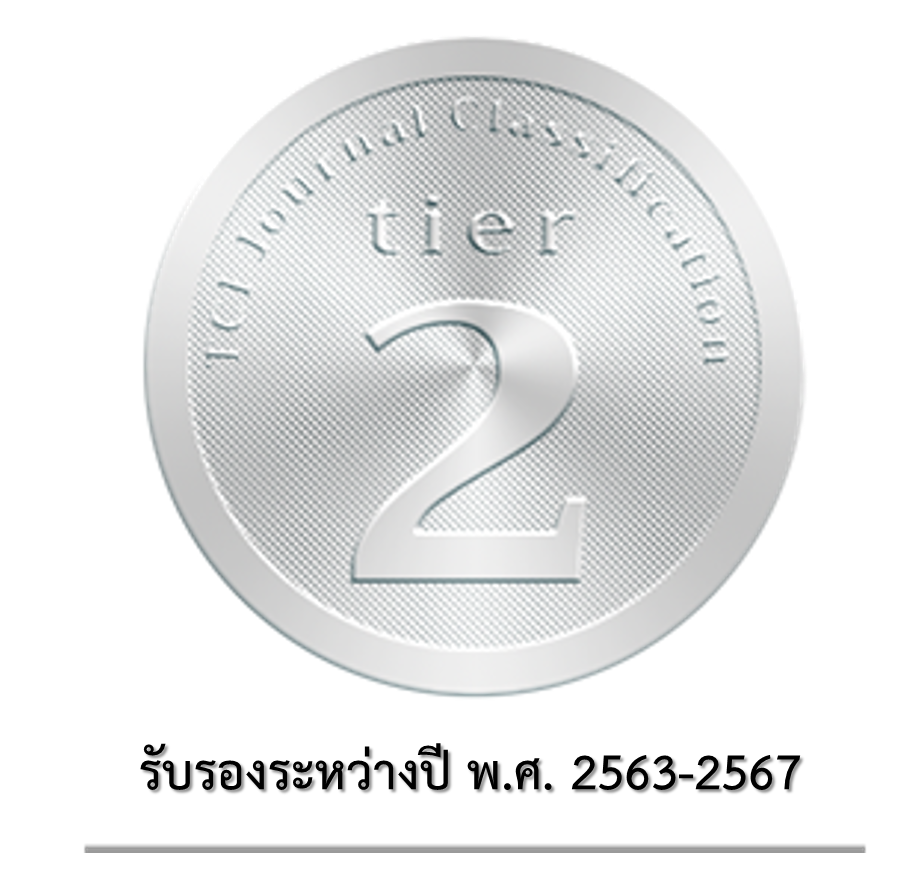น้ำตาในความงดงามแห่งยุครีเจนซี อำนาจของเพศชายที่ปรากฏในนวนิยายเรื่องดยุคในดวงใจ
##semicolon##
ปิตาธิปไตย##common.commaListSeparator## ยุครีเจนซี##common.commaListSeparator## ดยุคในดวงใจ##common.commaListSeparator## จูเลีย ควินน์Abstract
บทความวิจัยนี้มีวัตถุประสงค์เพื่อวิเคราะห์แนวคิดปิตาธิปไตยที่ปรากฏในนวนิยายโรแมนติกเชิงประวัติศาสตร์ชุด บริดเจอร์ตันเรื่องดยุคในดวงใจ (The Duke and I) ของจูเลีย ควินน์ นักเขียนชาวอเมริกัน ผลการศึกษาพบว่านวนิยายแสดงให้เห็นบทบาทของแนวคิดปิตาธิปไตยหรือระบบการให้อำนาจผู้ชายเป็นใหญ่ในยุครีเจนซีของประเทศอังกฤษที่ส่งผลต่อการเกิดปมปัญหาของตัวละคร ทั้งปมปัญหาในจิตใจของตัวละคร และปมปัญหาความขัดแย้งระหว่างตัวละคร โดยสามารถจำแนกแนวคิดปิตาธิปไตยในระดับความสัมพันธ์ของสมาชิกในครอบครัวเป็น 3 ลักษณะได้แก่ 1) แนวคิดปิตาธิปไตยในความสัมพันธ์ระหว่างบิดาและบุตร คือการมีอำนาจของบิดาในการปฏิบัติต่อบุตร โดยบุตรต้องเชื่อฟังและยอมรับในการตัดสินใจของบิดา 2) แนวคิดปิตาธิปไตยในความสัมพันธ์ระหว่างพี่ชายและน้องสาว คือการมีอำนาจในฐานะผู้นำครอบครัว และผู้ปกครอง โดยน้องสาวต้องปฏิบัติตามคำสั่งและความเห็นชอบของพี่ชายเรื่องคู่ครอง และ 3) แนวคิดปิตาธิปไตยในความสัมพันธ์ระหว่างสามีและภรรยา โดยสามีมีสิทธิ์ในการปฏิบัติ และออกคำสั่งกับภรรยา รวมถึงการใช้อำนาจในฐานะผู้นำของครอบครัว อย่างไรก็ตาม นวนิยายแสดงให้เห็นว่าระบบทำให้ผู้ตกอยู่ใต้อำนาจไม่ว่าจะเป็นผู้ชายหรือผู้หญิงเกิดความขัดแย้งทั้งกับตนเอง และกับผู้อื่นจึงแสดงออกในลักษณะของการพยายามต่อต้านและตอบโต้ในขอบเขตที่สามารถทำได้ ผลจากการศึกษานี้ทำให้เห็นกรอบแนวคิด และค่านิยมของสังคมในยุครีเจนซีนอกจากการให้ความสำคัญกับอำนาจในครอบครัว อำนาจของสังคมยังมีส่วนสำคัญในการครอบงำแนวทางปฏิบัติของผู้คน นำไปสู่การเรียกร้องสิทธิเสรีภาพของสตรีในยุคต่อมา
##submission.downloads##
Published
##submission.howToCite##
Issue
Section
##submission.license##
##submission.copyrightStatement##
##submission.license.cc.by-nc-nd4.footer##


